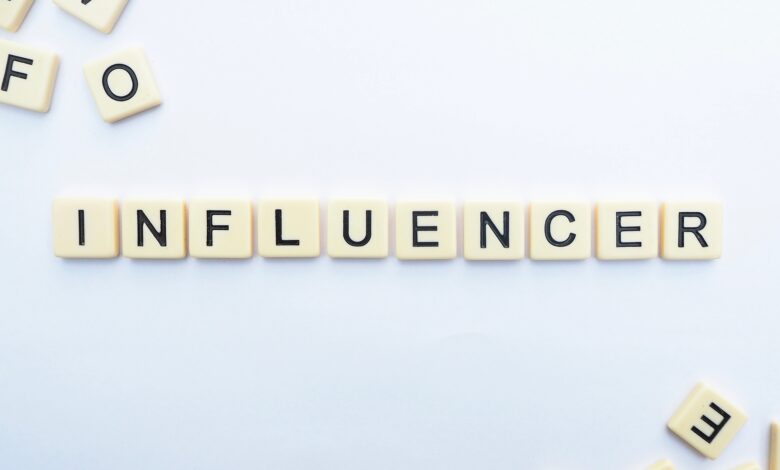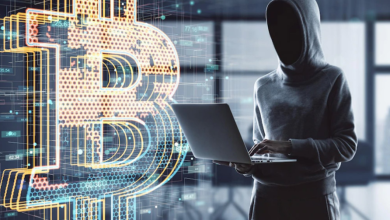
Social media influencing used to be pretty straightforward. Get famous online, partner with brands, post sponsored content, get paid. But the whole industry has gotten way more complicated than most people realize.
While human creators are burning out from algorithm changes and the constant pressure to create content, a completely different type of influencer is quietly taking over. AI influencers who are basically computer-generated people with fake personalities and perfect looks aren’t just posting pretty pictures anymore. They’re building massive followings, landing major brand deals, and making serious money.
We’re talking about a $4.6 billion market and growing. These aren’t just tech demos or marketing stunts. They’re legitimate businesses that are changing how influence works online.
This raises some important questions. Are we heading toward a world where fake people are more influential than real ones? What does “authentic” mean when the most authentic-seeming creators are literally manufactured? And if you’re running a business, what does this mean for your marketing strategy?
The Economics Are Crazy
Here’s what makes AI influencers so appealing to brands: they never sleep, never have scandals, and never demand more money. While human influencers deal with personal lives, travel schedules, and the occasional tech meltdown, AI influencers just keep posting perfect content 24/7.
Take Aitana López, Spain’s first AI model. She’s pulling in up to around €10,000 a month through a mix of brand partnerships and subscription content. That might not sound huge compared to top human influencers, but here’s the thing: her operating costs are basically zero once she’s built.
The consistency factor is huge for brands. Human influencers might miss deadlines, post low-quality content, or say something controversial that damages the brand. AI influencers deliver exactly what they promise, every single time. No drama, no surprises, no problems.
But the real kicker is scalability. You can take the same AI influencer and adapt her for different markets, languages, and cultures simultaneously. The technology that creates an English-speaking fashion influencer can be tweaked to work for Japanese gaming culture or Spanish fitness communities. It’s like having multiple influencers for the price of one.
The Authenticity Thing Is Backwards
Here’s where it gets really strange: these fake influencers often feel more real than actual people. It sounds backwards, but there’s actual psychology behind why this works.
The most successful AI influencers aren’t designed to be perfect. They have subtle flaws, relatable problems, and carefully crafted vulnerabilities. Milla Sofia, Finland’s first virtual influencer, is specifically described as “life-like” because her creators understood that perfection feels creepy, not aspirational.
Think about it: human influencers contradict themselves, change their opinions, have mood swings, and evolve as people. That’s normal human behavior, but it can feel inconsistent from a branding perspective. AI influencers maintain perfect character consistency across years of content. They never have off days or identity crises.
There’s also less social comparison pressure. When a human influencer shows off luxury products, followers might feel jealous or excluded. When an AI influencer does the same thing, it feels more like entertainment or fantasy. People can enjoy the content without feeling personally inadequate.
Plus, AI influencers can respond to comments immediately and maintain conversations across time zones. They’re always available, always engaged, always paying attention. Most busy human influencers can’t compete with that level of availability.
Are They Replacing Human Creators?
Not exactly. It’s more complicated than that. Instead of wholesale replacement, we’re seeing different types of influencers serve different purposes.
Human influencers are doubling down on their humanity and their messiness, the growth, the real struggles and victories. The most successful ones are becoming documentarians of actual human experience, which is something AI can’t replicate.
AI influencers work better for aspirational lifestyle content, product showcases, and entertainment. They’re safe spaces for fantasy engagement without the social baggage of human success stories.
Some creators are going hybrid, using AI to scale their content production while keeping their personal brand. This includes AI-generated additional posts, automated fan responses, and digitally enhanced versions of themselves for different markets.
The market seems to be expanding rather than replacing. AI influencers are serving audiences and use cases that human creators couldn’t efficiently handle, rather than directly competing for the same space.
What This Means for Businesses
For companies, AI influencers represent something bigger than just another marketing channel, they’re intellectual property you can own and control. This is fundamentally different from partnering with human influencers.
You can create a brand avatar that embodies your company values with perfect consistency. No risk of brand misalignment, no renegotiating contracts, no worrying about your influencer partner saying something stupid on social media.
Global expansion becomes way easier when you can adapt one AI personality for different markets and languages while maintaining brand consistency. Instead of managing relationships with dozens of human influencers across different countries, you can scale one digital personality globally.
Crisis management gets simpler too. AI influencers never have personal scandals or controversial opinions. They’re basically crisis-proof, which allows for longer-term marketing strategies.
Everything about an AI influencer can be A/B tested and optimized based on data. You can literally engineer the perfect brand representative rather than hoping human creators will align with your objectives.
The Legal Stuff Is Getting Messy
Regulators are scrambling to keep up. From AI disclosures on social channels to taxation issues.
Some audiences love AI influencers once they know they’re artificial. Others feel deceived if it’s not clearly disclosed. Companies have to balance the appeal of realistic AI with the trust requirements of their audience.
There are also broader cultural questions about representation, employment, and creativity that organizations need to consider. What’s your role in shaping norms around artificial personalities? How does this impact human creators in your ecosystem?
The Bottom Line
AI influencers aren’t coming, they’re here, making lots of money and reshaping how influence works online. Companies that treat this as a future trend instead of a present reality are missing opportunities while competitors figure out the landscape.
Smart organizations are starting small-scale experiments now to learn about audience reception and operational requirements while the technology and regulations continue evolving.
This isn’t just about marketing innovation. It’s a fundamental shift in how influence, authenticity, and audience relationships work in digital spaces. The synthetic celebrities are already earning real money and building genuine connections.
The choice isn’t whether AI influencers will become mainstream as they already are. The choice is whether your organization will help shape this evolution or be shaped by it. In a world where artificial personalities can command more authentic engagement than human celebrities, the old rules of influence need serious reconsideration.
The future belongs to organizations brave enough to navigate these new territories while keeping the human values that make influence meaningful in the first place.





